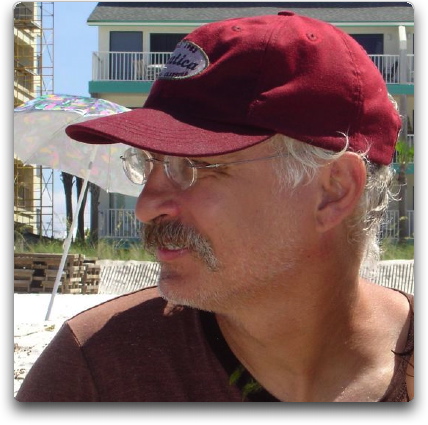About 10 percent of the genes in the human genome encode transcription factors. Transcription factors are proteins that bind to DNA, controlling gene expression. Notably, they control the precisely-timed differentiation of stem cells into specialized tissues during the development of organisms.
In an article published online in the journal Nature this week, Marius Wernig and colleagues at Stanford University demonstrate that the expression of only three transcription factors, that is Ascl1, Pou3f2 and Myt1l, is needed to convert cultured fibroblasts, that is undifferentiated connective tissue cells, into nerve cells (Vierbuchen and others, 2010). The cells were shown to produce action potentials, i.e. the electrical discharges that propagate along their output processes called axons, and formed functional connections, known as synapses, with other nerve cells.
Although the conversion has been successfully carried out only in a dish with developing mouse tissue and only the most essential nerve cell functions have been demonstrated, the method does not utilize stem cells and still may bear great potential for therapies, seeking to replace lost nerve cells in neurodegenerative diseases, e.g. Parkinson's disease.
Addendum
- If you are considering stem cell therapy, you may find the information on the International Society for Stem Cell Research site helpful (07/26/10).
- Vierbuchen T, Ostermeier A, Pang ZP, Kokubu1 Y, Südhof TC, Wernig M (2010) Direct conversion of fibroblasts to functional neurons by defined factors. Nature: online.



No comments:
Post a Comment